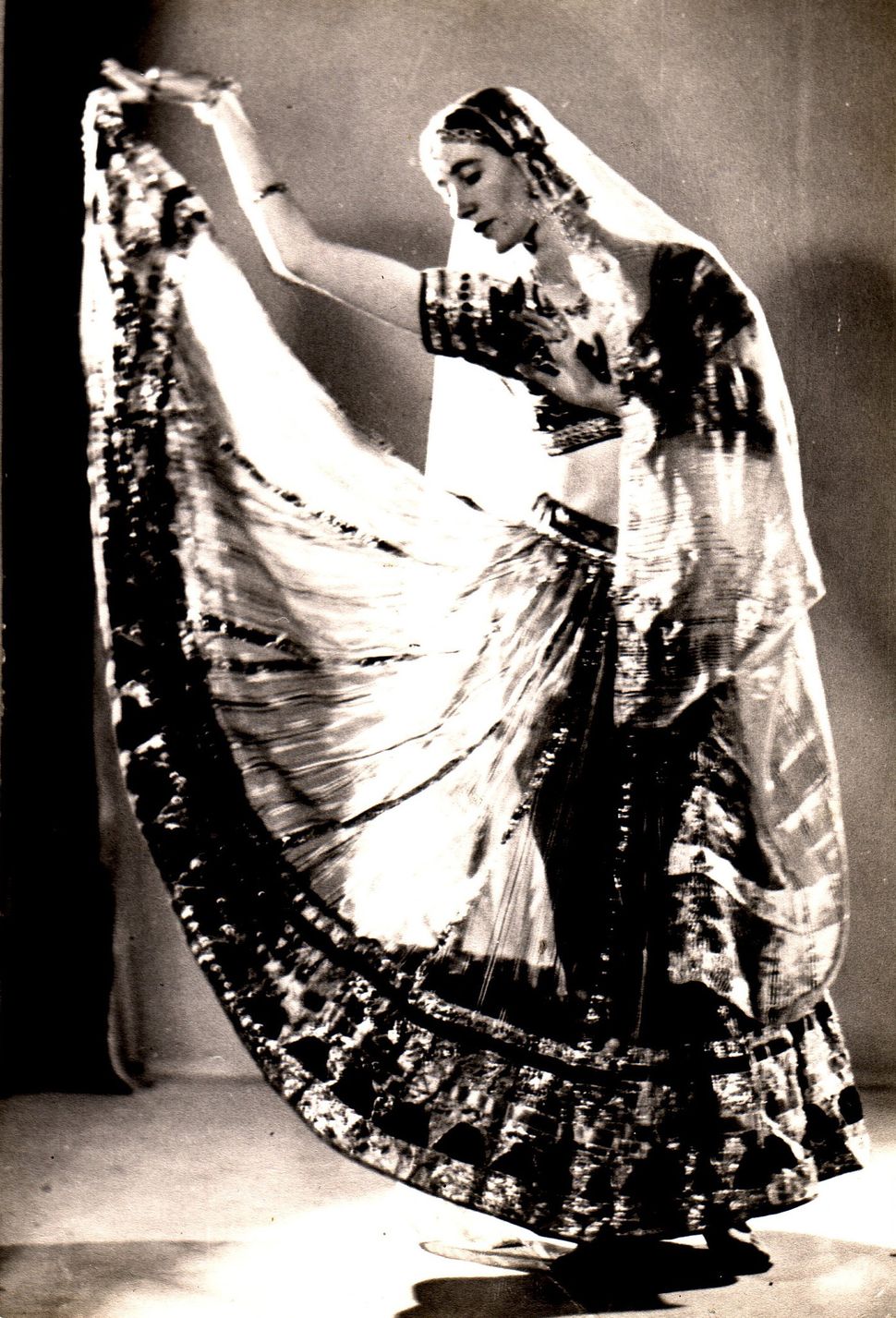The Dictionary of Sydney was archived in 2021.
The Dictionary of Sydney was archived in 2021.
International Women's Day 2018
 Louisa Lawson, aged 50 c1898 courtesy Dixson Library, State Library of NSW (DL PX 158, 24)
Louisa Lawson, aged 50 c1898 courtesy Dixson Library, State Library of NSW (DL PX 158, 24)
Listen to Lisa and Nic on 2SER here
The Dictionary's content includes hundreds of biographies of people who have been influential in shaping Sydney in different ways, and the Dictionary's capacity for showing the many and varied connections between these people is one of its many strengths. Today we're talking about three women with a less structured connection. One was a suffragette, one notorious, and one a cultural pioneer, but they all share the same first name. Louisa Lawson (1848-1920) will probably be familiar to many readers. Publicly acclaimed as 'the mother of womanhood suffrage in New South Wales' when women gained the vote in NSW in 1902, Louisa Lawson was a gifted writer, a newspaper proprietor and an advocate for women's rights. Often spoken of now only in relation to her poet son Henry, she was an inspiring woman to be reckoned with in her own right. The Dawn, which she founded in 1888, was an intelligent feminist platform for women to discuss politics and issues that affected their lives. Wholly staffed by women, unions unsuccessfully tried to shut the journal down when she employed women as compositors. The Dawn had subscribers from all over the world and appeared every month for 17 years, making it the longest-running women's paper, indeed, one of the longest-running papers, of the period. You can read Susan Magarey's entry on Louisa Lawson's life on the Dictionary here: https://dictionaryofsydney.org/entry/lawson_louisa and check out her other connections on the Dictionary here: https://dictionaryofsydney.org/person/lawson_louisa Louisa Collins, Darlinghurst Gaol Photographic Description Book, 1888, courtesy State Records New South Wales (NRS 2138, 3-6074 p.84, Reel 5103)
Louisa Collins, Darlinghurst Gaol Photographic Description Book, 1888, courtesy State Records New South Wales (NRS 2138, 3-6074 p.84, Reel 5103)
 Louise Lightfoot, courtesy of Mary Lightfoot
Louise Lightfoot, courtesy of Mary Lightfoot
Categories
Blog
2ser
International Women's Day
International Womens Day 2018
Lisa Murray
Louisa Lawson
Louise Collins
Louise Lightfoot
Nic Healey

